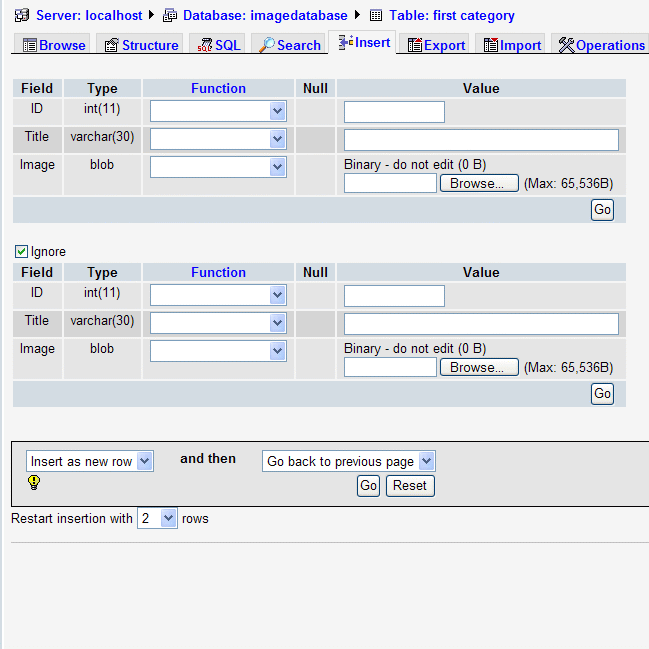
After the mailbox database copy has been added, circular logging can be enabled. If circular logging is enabled, you must first disable it. If you're adding the second copy of a database (for example, creating the first passive copy of the database), circular logging must not be enabled for the specified mailbox database. The DAG must also have quorum and be healthy. The server hosting the active copy and the server that will host the passive copy must be in the same database availability group (DAG).

The path for the database copy and its log files must be available on the selected Mailbox server. The specified Mailbox server must not already host a copy of the database. The active copy of the database must be mounted. To see what permissions you need, see the "Mailbox database copies" entry in the High availability and site resilience permissions topic. You need to be assigned permissions before you can perform this procedure or procedures.
#ADD DATABASE COPY LOG FILES PLUS#
What do you need to know before you begin?Įstimated time to complete this task: 2 minutes, plus the time to seed the database copy, which depends on a variety of factors, such as the size of the database, the speed, available bandwidth and latency of the network, and storage speeds. Looking for other management tasks related to mailbox database copies? Check out Manage mailbox database copies.

For example, a copy of the database DB1 that's hosted on the server MBX3 would be DB1\MBX3. Database copies are automatically assigned an identity in the format of \. When you add a copy of a mailbox database, continuous replication is automatically enabled between the existing database and the database copy.


 0 kommentar(er)
0 kommentar(er)
